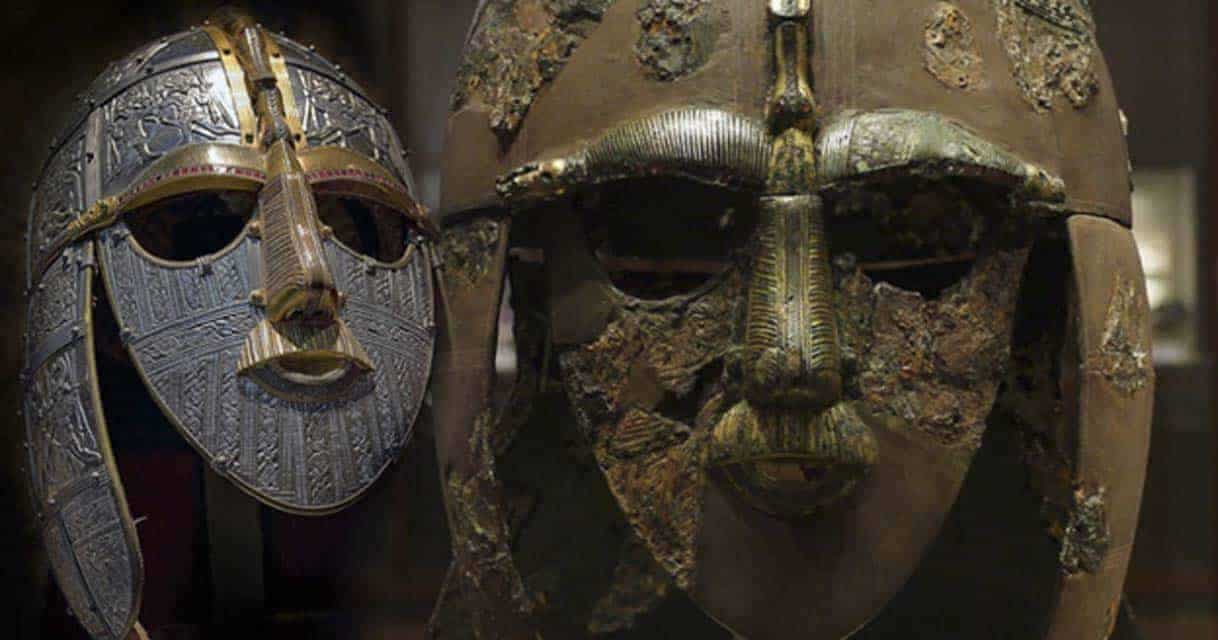The Anglo-Saxons established themselves in England in the 5th century, and gave their name to the country and to an era that stretched from roughly 449 to 1066. It was during this Anglo-Saxon period that the English language was first born, in the form of what we know today as Old English, and England as a country first came into being.
Following are ten of the most interesting things from the history of Anglo-Saxon England.
The Anglo-Saxon Era Saw the Development of the English Language and the Creation of England
The Anglo-Saxons were a Germanic people formed from three different tribes: the Angles, Saxons, and Jutes. Their settlements gave rise to future kingdoms: the Saxons peopled Essex, Wessex, and Sussex; the Angles East Anglia, Middle Anglia, Nurthumbria, and Mercia; and the Jutes established themselves in Kent. The Angles and Saxons got their names preserved in history. The Jutes, however, were treated like an unwanted stepchild or a third wheel, and their name did not get enshrined in history like that of their partners. Perhaps “Anglo-Saxon-Jutes” was just too much of a mouthful.
In the 300s, the Anglo-Saxons began raiding the Roman province of Britain. From raiding, they progressed to conquest, starting with settlements in the 400s, followed by outright warfare in which they defeated and displaced the native Romano-Britons. By the 500s, the invaders had conquered most of what is now England, which is named after the Angles.

The Anglo-Saxon period, from the mid 5th century to the Norman conquest in 1066, saw the creation of England. The Anglo-Saxons arrived as pagans, and reintroduced paganism to what had been a Christian Roman Britain. They began converting to Christianity in the 6th century, after which they experienced a flowering of language and literature, and developed one of Europe’s most vibrant and advanced cultures.
Starting in the late 8th century, it was the turn of the now-Christian, settled, and civilized Anglo-Saxons, to experience at the hands of the Vikings what their ancestors had subjected the Britons to. History seemed to be repeating itself, as the Vikings suddenly erupted with terrifying raids that devastated England, followed by a campaign of conquest and displacement.
By the 870s, the Anglo-Saxons seemed to be on the verge of following the Britons into near oblivion. They were saved by a strong leader, Alfred the Great, who rallied a resistance that halted the Vikings, then pushed them back in a reconquesta that eventually united the Anglo-Saxons lands under a single king. It was in that crucible of resistance to the Vikings that England was forged. The Anglo-Saxons would lose their independence following the Norman conquest in 1066. However, by then the outline of England as a country had already been formed, and would continue on as a going concern, under new management.

